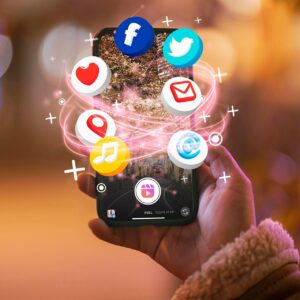The tragic, and horrifying story of Amanda Todd, a Canadian teenager who became the victim of cyberbullying, an innocent girl that caught by online exploitation. She used to follow her hobby of singing and posted online through YouTube videos, sadly Amanda died in 2012 after committing suicide at the age of 15, showcasing the widespread harmful effect of online harassment and sextortion.
Her painful story got international attention, as her documentary story was a wake-up call for the students and society urging educators, Government, parents, and policymakers to take strict action against cyberbullying crime, humiliation, or blackmail. “The sextortion of Amanda Todd” personal story serves as a powerful and heartbreaking alert, especially for young children who do not understand the bad consequences of social media sites. There is an urgent need to create a safer digital literacy program in the school, to provide the support of mental health as those students who are struggling with anxiety, depression, and loneliness.

Photo by errordistrict666 on Pixabay
Social media is a platform to share information, and to interact with the world. The platforms like YouTube, Facebook, Instagram, or Twitter are the powerful tools to spread the awareness, allows people to stay connected and offer educational resources career advancement, and to represent the talent globally. Social media is neither pure or purely evil, it is a tool and it depends on us that how to use social media tool in an effective manner so that it can leads to fruitful results and helps to shape the learners’ personality. Social media has the power to make human beings famous, inspire, connect, and to make educate or it can be addiction, harmful, can make anyone mentally ill. Therefore, it all depends on us that how to use it in a right manner.

Photo by u_icjer0igil on Pixabay
As an educator, I believe that digital literacy should be an essential subject in the schools because many students are not aware about the risks that come along with the social media. It is a major responsibility of an educator to make understand their students about the online privacy settings, risks of sharing personal information. Moreover, spotting the misinformation or a fake video so that the learners can become the responsible users of technology.



Hello Nancy
Well done for this post. You did amazing highlighting the significant social media applications that could be used to promote digital literacy. However it would be enlightening to know some of the strategies to employ as far as promotion of digital literacy is concerned.
Hello Nancy
Thank you for sharing meaningful and thoughtful reflection.